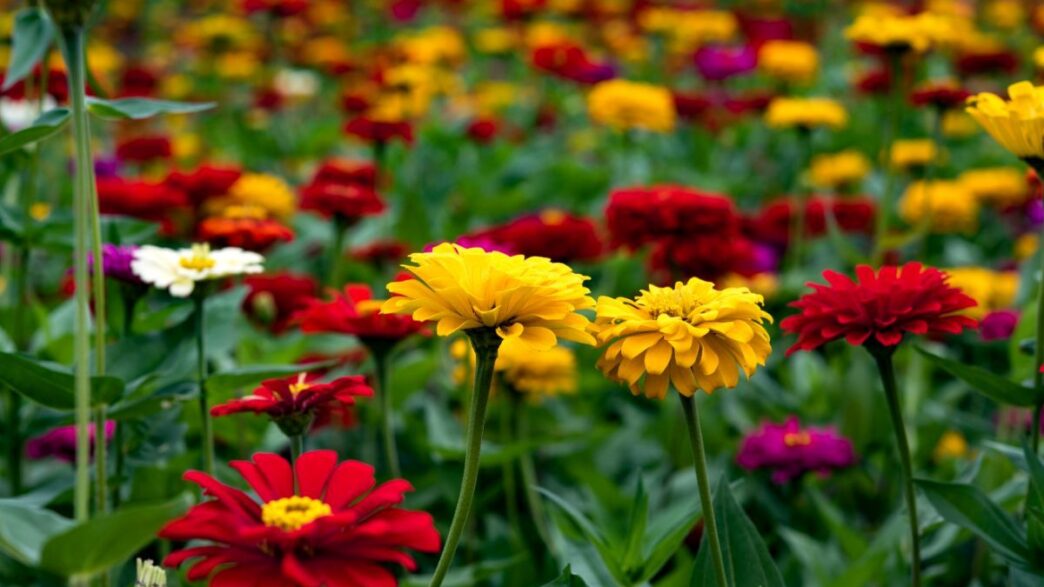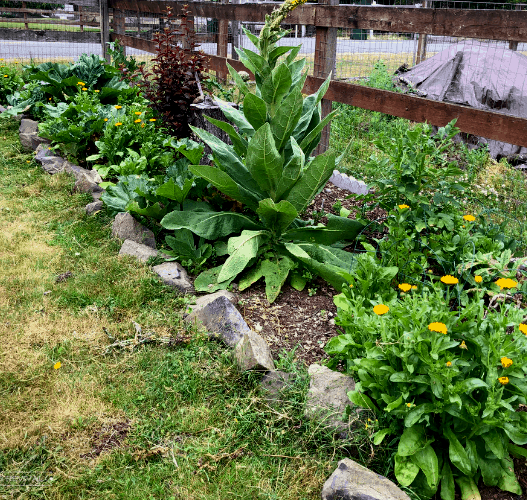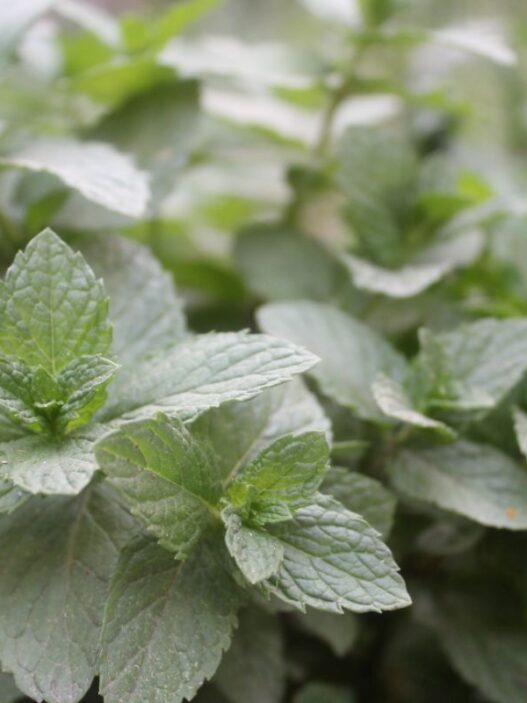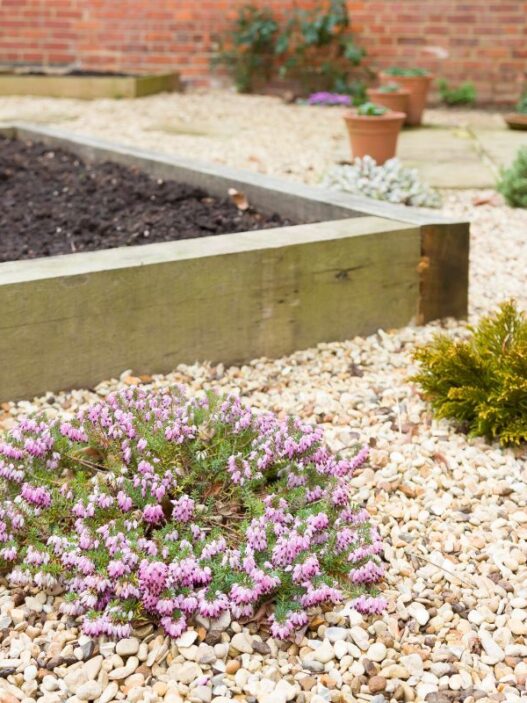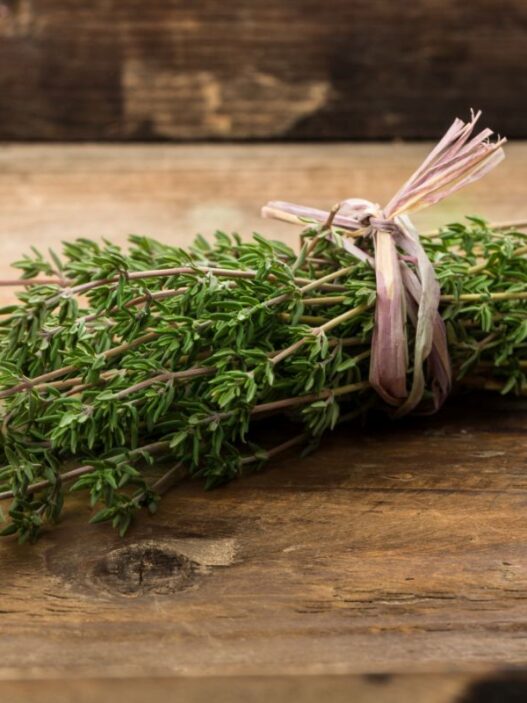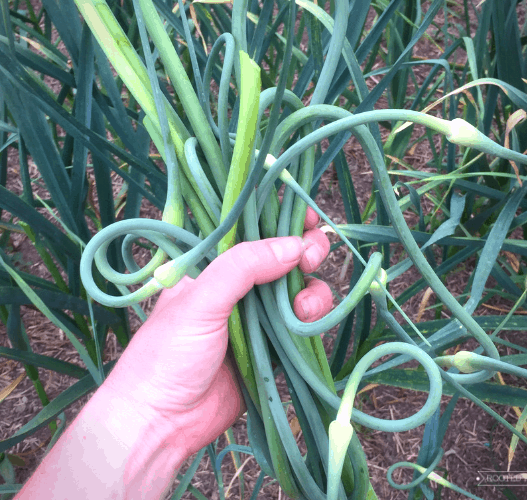Zinnias are wonderful flowers that look amazing in your garden (Especially in summer). But the real question is, do they (really) bloom in this season, or it’s all just a myth?
Zinnias are my favorite flowers, and I love plating them in my home garden. They bloom all summer (From late spring until the first frost in fall). That’s the reason I always count on them to bring lots of colorful vibes to my garden for a large chunk of the sunny months.
Today, I’ll reveal to you:
- Do zinnias bloom all summer?
- Will zinnias keep blooming after cutting?
How long will zinnias keep blooming?
I am a gardening enthusiast and a long-time admirer of zinnias, and I can confidently say that they bloom all summer. They start their floral party in late spring or early summer and reach full glory during the midsummer months.
While many other flowers say “goodbye” to you in late summer, zinnias aren’t like that! They remain with you and help your garden stay lively and beautiful.
Just like all good things must come to an end, the blooming season of zinnias bids adieu with the arrival of the first frost in fall.
Zinnias (Being sensitive to frost) start to decline and become weak as temperatures start to fall!
How do I keep zinnias blooming all summer?
Alright, so now you know that zinnias flourish really well throughout the summer season, but only if you take good care of them. But how would you do that?
Here’s the secret to keeping the floral fiesta going strong: Water, sunlight, fertilizer, cutting, and some more cutting (Or deadheading)!
Let me stress more! Cutting or deadheading zinnias is important in maintaining their health for the entire summer season. Below are some of the tips I’ve learned over the years, and I am sharing them with you:
1. Welcomes More Blooms
When your zinnia flowers start looking all tired and messed up, you just snip them off. This encourages your beloved plants to keep making new blooms and turn your garden into a small but heaven-like!
2. Prevents Zinnia Seeds Production
I know for sure once zinnias have reached their full maturity, they redirect their energy into making seeds (Similar to many other flowers).
Now, if you don’t want this to happen just yet and prefer more beautiful flowers, that’s where deadheading comes in!
So, when you start cutting them, you stop the seed production for a while and help zinnias to flourish.
3. Maintains the Beauty of Zinnias
Who doesn’t hate the sight of old and dying zinnias in their garden? I’m sure everyone does because leaving them in this state is unfair at the least and makes your garden look so bad (sad, too)!
That’s why a little haircut never harms! Isn’t it?
I always take a few minutes out of my busy schedule to give my precious zinnias a little makeover, and suddenly, everything will start to look neat, tidy, and super pretty!
Do the same, folks!
4. Encourages Growth
The deal here is old zinnia flowers are already quite weak and brittle, so cutting them off is the best way to fix them!
Why?
Because when you give a little trimming to zinnias, you basically send a message to your plant saying that it should now concentrate on growing more leaves, stems, and flowers instead of wasting energy on old blooms.
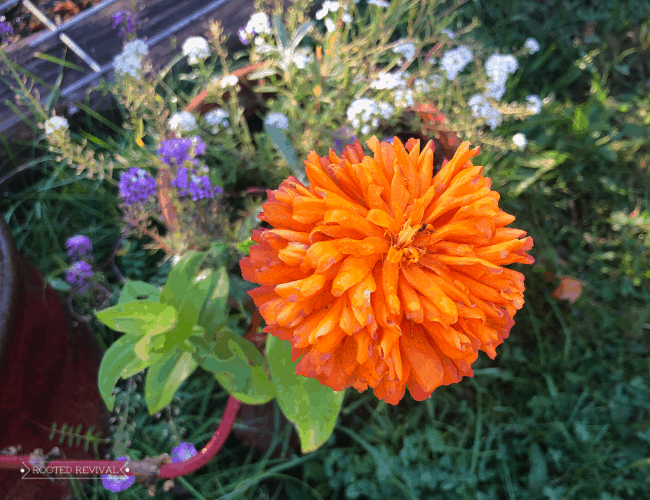
How often do zinnias need fertilizer?
Zinnias are generally not heavy feeders, but they do benefit from regular fertilization. This supports their growth and helps them bloom throughout the summer:
1. At Planting Time
When you’re planting zinnias, that’s the very first time you give the soil a well-balanced and slow-release fertilizer. For nomads, a fertilizer is packed with nutrients that are gradually released over time to keep your zinnias well-fed.
There’s more to it!
Always make sure to grab a fertilizer that’s a combo of nitrogen, phosphorus, and potassium (The holy trinity of plant nutrients). Mix it into the soil where you’re planting your zinnias.
Hey, but don’t forget to stir nicely so that every bit of soil gets its fair share of nutrients!
2. Early Growth Stage
About 4 to 6 weeks after planting zinnias (or when you notice those little seedlings are coming out), it’s time for the next act- Feeding them with a water-soluble fertilizer.
But why go for that?
Well, they easily dissolve into the water and make it easy for your zinnias to suck up the goodness.
This time around, the focus is on helping their roots grow strong and making those leaves nice and green.
3. Midsummer Boost
Zinnias are always in their best mood during midsummer.
Why midsummer, you may think?
That’s when your zinnias are shifting into high gear and want all the energy to dazzle your garden with those vibrant flowers.
For this time, you need to pick a fertilizer that’s a bit heavier on phosphorus because it helps a lot in flower formation. It’s the ultimate secret that motivates those zinnias to bust out in full-bloom glory.
In my opinion, you can use the same water-soluble fertilizer because it absorbs really well.
4. Regular Maintenance
Will you leave your zinnias alone when they’re blooming every day nicely? Never!
You should maintain a regular fertilization schedule to keep the flower party going all summer long.
What I usually do every few weeks during the summer is that I mix up my fertilizer and give zinnias a good soak. This helps to keep the soil rich with nutrients.
But, a word of caution: Don’t go overboard with the fertilizer, or you’ll end up messing everything.
5. Soil Conditions
Alright, let’s talk about the soil because its condition depends on how often your zinnias need fertilizer.
If your soil is already rich in organic matter (Like compost or well-rotted manure), your zinnias might not be as hungry. In this case, you can ease up a bit on fertilizing because you don’t want to overfeed your precious plants.
On the flip side, If your soil is lacking in the nutrient department, your zinnias might need more frequent fertilizer feedings (As mentioned above).
Final Thoughts!
So, you got your answer that zinnias bloom all summer. Now, your task is to make sure you follow all the necessary precautions so that your little flowers stay with you the whole season.

